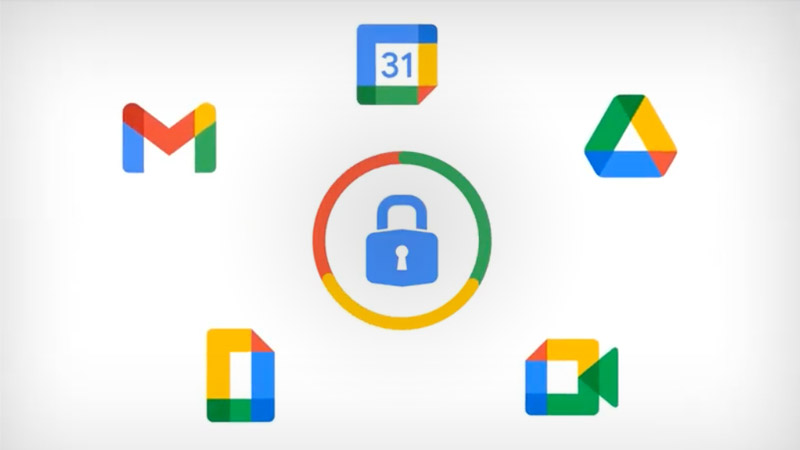Introduction:
In today’s digital landscape, safeguarding data is paramount for businesses of all sizes. With the increasing reliance on cloud-based solutions like Google Workspace, it is crucial to implement robust security measures to protect sensitive information. In this blog post, we will explore essential practices and features available in Google Workspace that can help fortify data security and shield your business from potential threats.
1. Enable Two-Factor Authentication (2FA):
Boost your security by enabling two-factor authentication (2FA) in Google Workspace. This additional verification step, such as a unique code sent to your mobile device, adds an extra layer of protection to your Google Workspace accounts. By reducing the risk of unauthorized access, even if passwords are compromised, 2FA provides peace of mind.
More information about Two-Factor Authentication by following this link.
2. Implement Strong Password Policies:
Encourage your team members to use strong, unique passwords for their Google accounts. A robust password should include a mix of uppercase and lowercase letters, numbers, and special characters. Additionally, consider implementing password policies that require regular password changes and prohibit the reuse of previous passwords. This practice helps mitigate the risk of password-related security breaches.
More information about strong passwords by following this link.
3. Utilize Data Encryption:
Google Workspace offers robust encryption capabilities to safeguard your data. Enable encryption at rest to ensure that data stored in Google Drive, Google Cloud Storage, and other services remains encrypted and protected from unauthorized access. Additionally, use secure protocols like HTTPS and SSL/TLS to encrypt data during transit, preventing interception and tampering.
4. Leverage Advanced Phishing Protection:
Combat phishing attacks effectively with Google Workspace’s advanced phishing protection features. These include machine learning algorithms and real-time link scanning to detect and block suspicious emails and malicious links. Educate your team members about phishing risks and encourage them to report any suspicious emails, bolstering your defenses against phishing attempts.
5. Implement Data Loss Prevention (DLP) Policies:
Prevent accidental or intentional exposure of sensitive data by implementing Data Loss Prevention (DLP) policies in Google Workspace. Configure DLP rules to scan and detect sensitive information, such as credit card numbers or social security numbers, and apply appropriate actions, such as blocking or redacting the data, to prevent data breaches or leaks. Regularly review and update these policies to align with your evolving security needs.
6. Regularly Backup Your Data:
While Google Workspace provides robust data protection measures, having a backup strategy is essential. Regularly back up critical data to an external location or utilize Google’s backup and recovery tools to ensure you can recover your data in case of accidental deletion, data corruption, or other unforeseen incidents. Regularly test the restoration process to verify the integrity of your backups.
7. Control User Access with IAM:
Manage user access and permissions effectively within your organization using Google Cloud Identity and Access Management (IAM). Assign appropriate roles and access levels to users, ensuring that only authorized individuals have access to sensitive data and resources. Regularly review and update user access privileges, following the least privilege principle, and revoke access for users who no longer require it.
8. Stay Informed with Security Alerts and Updates:
Stay proactive in maintaining data security by staying informed about potential threats and the latest security features through Google Workspace’s security alerts and updates. Regularly review these alerts and promptly implement recommended security measures. Additionally, subscribe to security newsletters and follow Google’s security blog to stay up to date with the latest security trends and best practices.
Conclusion:
Strengthening data security in Google Workspace is vital for protecting your business’s sensitive information. By implementing essential practices and utilizing security features such as enabling two-factor authentication, implementing strong password policies, and leveraging data encryption, you can significantly enhance data security. Combine these technical measures with user education, regular backups, and proactive monitoring to create a robust security posture and safeguard your valuable business data. Remember, data security is an ongoing process, so regularly review and update your security measures to stay ahead of evolving threats.






